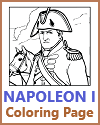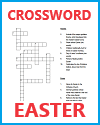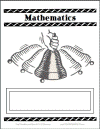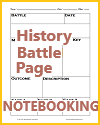| Blank Vertical Flow Chart |
| www.studenthandouts.com > Graphic Organizers > Graphic Organizers: Processes |
 |
|
Students graphically illustrate a step, leading to another step, leading to a conclusion. There is a total of three boxes. Click here to print. Learning to read and create vertical flow charts is important for K-12 students as it enhances their ability to understand and organize processes visually. Vertical flow charts, which use sequential steps to depict the flow of activities or decisions from top to bottom, help students break down complex procedures into manageable parts. Creating vertical flow charts encourages students to think logically and systematically. They must analyze information, identify key steps, and arrange them in a coherent sequence. This process strengthens their problem-solving and critical thinking skills. Reading vertical flow charts helps students quickly grasp the structure and progression of processes, making it easier to follow and understand detailed instructions or workflows. This skill is essential in subjects like science, mathematics, and computer programming, where understanding sequences and procedures is crucial. Overall, vertical flow charts are valuable educational tools that support effective learning, organization, and communication. They enhance students' ability to comprehend and present information clearly, preparing them for academic success and future challenges in various fields. |
 |
 |
 |
 |
 |
 |
|---|
| www.studenthandouts.com > Graphic Organizers > Graphic Organizers: Processes |










